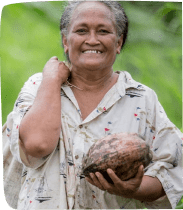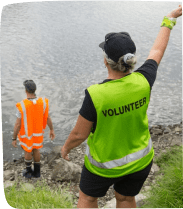In response to the latest analysis from the Integrated Food Security Classification System (IPC) on the situation in Somalia, Parvin Ngala, Oxfam’s Regional Director for the Horn, East, and Central Africa said:
“The situation in Somalia is rapidly deteriorating and the warning that famine is expected as early as October highlights the increasingly narrow window of time to reduce the accelerating loss of life and prevent further suffering.
“Despite numerous alarms raised over the past two years, nearly 6.7 million people are facing very high levels of hunger with nearly 2 million acutely malnourished children – over 50 percent of the total population of children in Somalia. And if the world does not act now, at least 300,000 people will be in famine or similar conditions before the end of the year. The number of people caught up in the crisis is almost double the number of those affected by the famine in 2011 that killed over a quarter of a million people – half of them children under the age of five.
“Humanitarian assistance has helped save lives, but due to low levels of funding this assistance is now expected to decrease sharply and the situation worsen significantly.
“Across East Africa, Somalia, Kenya and Ethiopia are facing the worst drought in 40 years and South Sudan is suffering a fifth consecutive year of severe flooding. On top of ongoing conflict, the COVID-19 economic fallout and surging food prices, these climatic shocks have decimated crops and livestock and eroded people’s ability to cope.
“With the dire situation in Somalia likely to worsen further into 2023 as an unprecedented fifth consecutive failed rainy season is predicted; warnings can no longer be ignored. World leaders and the international community must act now.”





